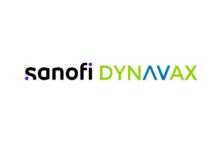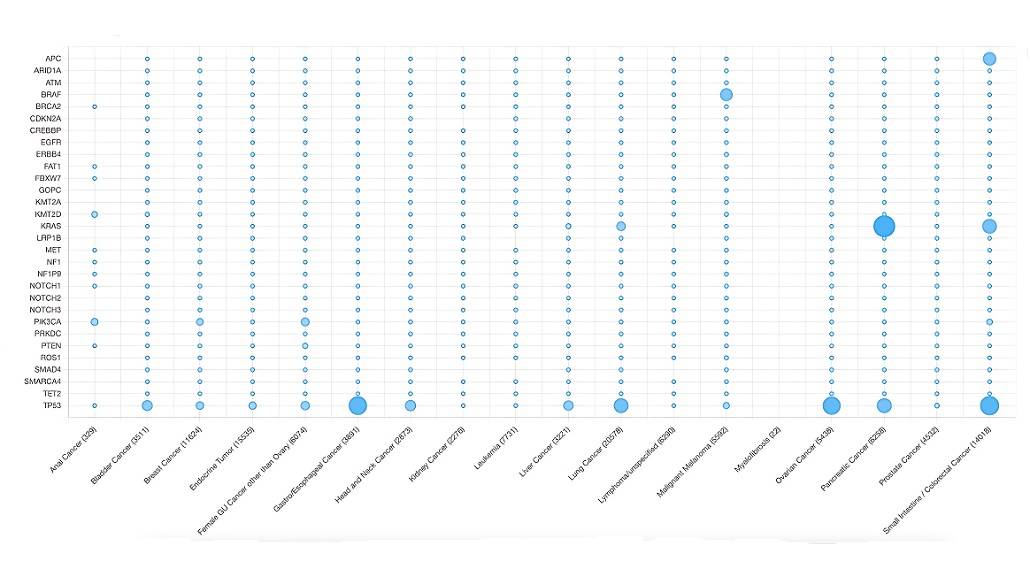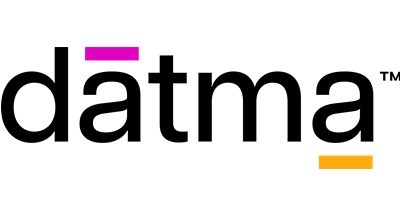Noah Nasser, CEO of datma
Most pharmaceutical companies have already invested heavily in real-world data (RWD). These internal datasets, often curated over years, serve as the foundation for ongoing research and analysis. They often represent significant investment in time, budget, and coordination across internal teams and systems.
But even robust internal datasets can fall short when new analytical needs or questions arise, particularly in the context of targeted therapies where biomarker specific insights are essential. When a stakeholder asks a question about a subpopulation defined by a biomarker, mutation type, or clinical context, the existing dataset may not contain the patients needed to answer it. The missing data might be subtle, such as biomarker status or specific genomic features, but they are often essential. This doesn’t mean the internal dataset is flawed, it reflects the evolving nature of oncology and the reality that new questions often demand new data. When internal data is not sufficient for use, delays can be created.
The default response is often to purchase a new dataset. This approach can address the gap but comes with tradeoffs. It frequently involves procurement and internal resource planning before teams have been able to independently confirm whether the data is fit for their specific use case. Additionally, much of what they purchase may duplicate what already exists internally. The new dataset may be difficult to align with existing data, the structure may differ, and the integration may be time consuming. What started as a narrow data need becomes a broader, more expensive project, often one that pulls focus away from the internal asset that was already working.
This is rarely the most efficient approach. Internal datasets represent significant investment and often contain valuable, well curated information. Replacing them due to a narrow gap can be avoided. The more strategic option is to identify what’s missing and supplement only that portion, preserving the value of what’s already been built.
The challenge is that supplementation hasn’t historically been easy to execute. Teams must first identify an external source that might contain the missing data. From there, they typically go through a series of exploratory conversations, feasibility estimates, and summary reviews. Even if alignment looks promising, procurement and legal teams often need to engage before detailed feasibility can be confirmed. These steps introduce friction.
This process slows everything down, and in many cases, deters teams from successfully supplementing at all. When it’s easier to start over than to evaluate external alignment, internal assets get underused and timelines extend unnecessarily.
Yet for many pharma teams, what’s needed isn’t a replacement dataset, it’s a way to fill one specific gap without having to restart the process from scratch. A stakeholder may ask a targeted question about a biomarker, testing timeline, or treatment pattern that internal data can’t answer alone. When that detail is missing, pharma teams shouldn’t have to walk away from what they’ve already built. The more effective solution is to augment the existing dataset with exactly what’s needed.
datma.FED supports this approach directly. It gives pharma teams access to high-quality, biomarker rich, real-world data across a federated network of contributing institutions. Users can execute structured queries across de-identified data to support evidence generation, biomarker analysis, and other precision medicine use cases. Data remains with each custodian, ensuring privacy and compliance, while enabling timely access to insights that are often unavailable through traditional data sourcing models.
To help teams determine whether the data they need exists before engaging more deeply, datma offers a complimentary discovery tool: The Federated Biomarker Explorer. It allows users to explore biomarker and cohort availability across the datma.FED federated network, without needing to initiate procurement, sign contracts, or complete integrations. Teams can use the tool to validate whether a specific biomarker(s) is represented in the network, whether enough patients meet certain characteristics, and whether the data fills in the gaps from what they already have.
If a match is confirmed, teams can choose to move forward with secure linkage and overlap analysis through datma.FED. If the needed biomarker is not currently present, datma works with data contributors to assess whether new biomarkers can be brought into the network to meet that need. This enables a flexible, responsive model that supports targeted supplementation instead of a one-size-fits-all data acquisition.
By allowing teams to explore first and commit only when the value is clear, this model makes it easier to preserve and extend the utility of existing datasets. Internal assets remain central. The gaps are filled precisely. And feasibility can be assessed early, before time and budget are committed.
This approach is especially relevant in oncology where biomarkers and treatment strategies continue to evolve. The ability to validate fit and supplement in a timely manner is essential.
The goal is not to avoid external data. It’s to use it strategically. Supplementation is often the most efficient way to answer a new question, provided the right infrastructure and access model are in place. datma.FED and the Federated Biomarker Explorer were designed to make that possible.
Pharma teams no longer have to settle for starting over with a completely new data source. A new, more flexible solution now exists, one that lets them extend what they already have and answer new questions with greater speed.






















